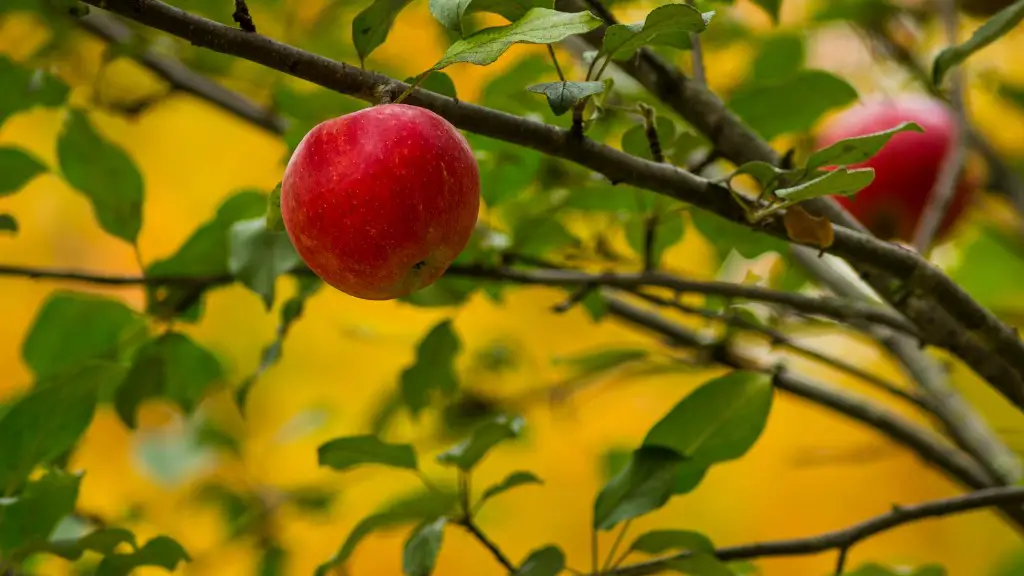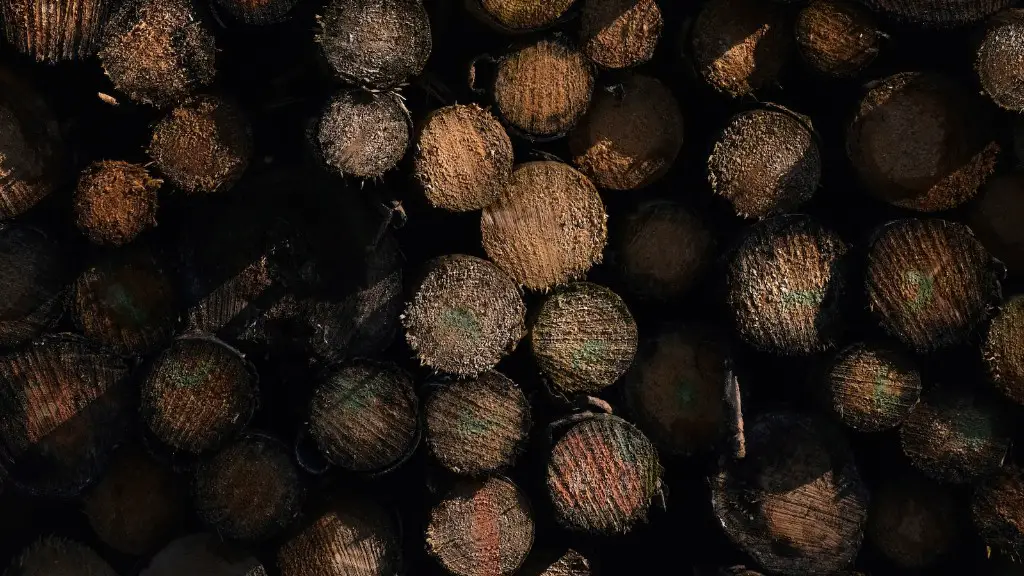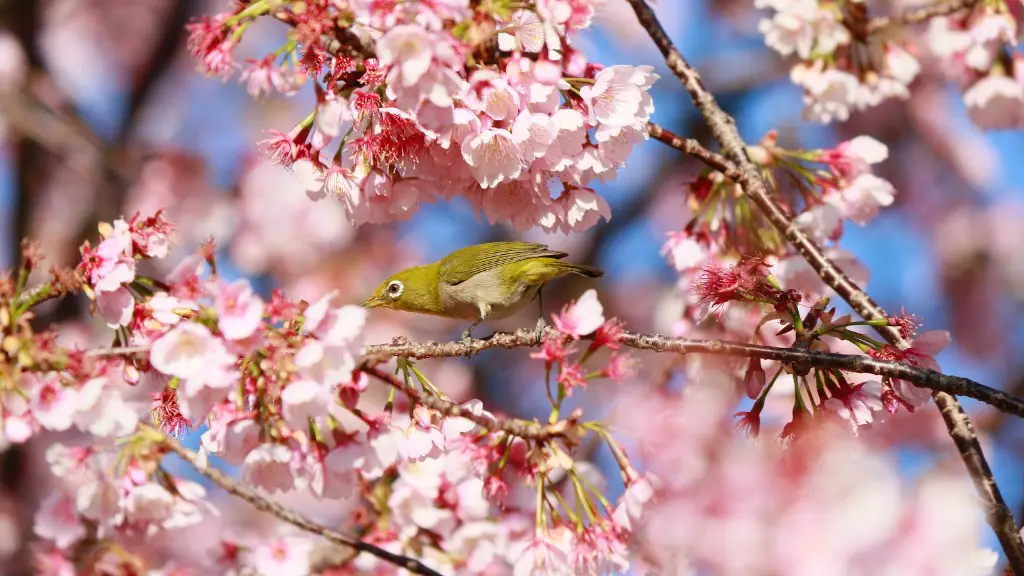Planting an Avocado Pit
Starting an avocado tree from a pit is surprisingly easy and low effort. When an avocado is ripe and ready to be cut open, instead of tossing the pit, gleaning the edible fruit, many gardeners will follow these simple instructions to grow their very own avocado tree! To begin growing an avocado pit, the first step is to remove what is known as the ‘seed coat’ and reveal the inner pit.
The best method requires using a knife or pair of scissors, cutting around the equator of the pit until it can be pulled open. Next, the narrow end of the pit should be tapped against a hard surface to remove the pit from the seed coat. Once the seed coat has been removed, washing is necessary to clear it off any remaining flesh.
The manner in which you find the avocado pit for the planting is up to you. It can be done from a store bought avocado or from your own if the fruit is home grown and ripe. Typically, the softer the fruit the smaller the pit and fewer the chances of success. The opposite is also true, the harder the avocado flesh, the bigger the pit and better chance of initiating the germination process.
Avocado seeds require oxygen in order to begin the sprouting process. A good strategy for providing the needed airflow is to insert thick toothpicks into the flat sides of the seeded pit. The idea is to suspend the pit upright, leaving the bottom of the pit slightly lower, while in a cup of water.
Part of the process involves changing the water regularly. This helps to limit any bacteria or fungus from growing on the pit and interfering with the germination process. The water should be changed every week, but the new water should be of the same temperature as the original water you filled the cup with.
The cup should remain in an area with direct sunlight for about four weeks. The room with the most sunlight is the best place to make sure the pit receives adequate light. During the sprouting phase, the pit can be exposed to temperatures of up to 80 degrees Fahrenheit. Once the seedling has grown strong roots and leaves, then the seedling can be transplanted.
Transplanting the Avocado Tree
After the seedling reaches between 6-8 inches in height, the sap is ready to be transplanted. It is important to avoid the shock of transplanting, so the roots and soil should not be disturbed. As a result, a 3-5 gallon pot with drainage should be utilized. Loose potting soil should be used, with a small amount of fertilizer available within it (for newly growing roots). The soil should be kept moist during the first few weeks to optimize growth.
In most areas, the optimal location for an avocado tree is outdoors. With that said, it is important to provide protection from too much sun or wind during the first year of growth. As time passes however, the avocado sapling will need full sun and protection from elements. This can be done through strategic planting in your garden or near a fence/shelter might offer optimal growing conditions.
When it comes to how much to water an avocado tree, the sapling should be watered fairly heavily and often. During the peak of the growing season, the avocado tree should be watered daily or every other day, depending on the temperature and wind conditions. During the colder months, it will require less water, but weekly watering is still recommended.
Fertilizer should be added to the soil each spring. This helps to ensure the avocado tree is growing at a steady pace and receiving all nutrients it needs. The fertilizer should contain macronutrients, such as nitrogen, phosphorus, potassium and micronutrients such as manganese or zinc, to maintain healthy growth.
Avocado Tree Maintenance
To maintain the health of your young avocado tree, check for pests on a regular basis. As the tree matures, the leaves may start to yellow or the tree may not grow at normal speeds. This is a sign that there could be bugs, such as aphids, mealy bugs or spider mites. If these pests are found, various home remedies can be utilized to get rid of them and optimize growth.
It is important to maintain the pruning and trimming of the tree. The branches should be trimmed in the winter months, when the weather cools, as to not harm the tree’s health. Pruning in the spring will help open up the canopy and allow light to reach more lower branches, ensuring those on the periphery of the tree develop in a similar manner.
Wrap Up
Growing an avocado tree is a fun and easy project and can be done from start to finish in just one season. You will have to practice patience and assess the tree’s health often. With that, after just one year, a bountiful harvest of avocados should soon follow!
Harvesting The Avocado Fruit
When it comes to harvesting the avocados, the timing can make or break the entire process. If you select too early the fruit will be hard, too ripe and the flavor will be off the mark. To make sure you pick the fruit at optimal optimal ripeness, wait for a fleshy texture and a dark shade of green on the skin. If you gently squeeze it, it should be firm with just a little give.
When the fruit is ready to be removed, use a pair of shears or pruners to snip it off the tree branch. It is important to not pull on the fruit while harvesting – otherwise, you could alter the plant’s growth and reduce the amount of future harvests. After the harvest, store the avocados in the fridge where they will be safe for up to a week.
Avocado Seed Pests and Predators
While the avocado tree growing process is relatively low maintenance, pests like fungus and mealybugs can be common. To prevent infestation, spray your tree with organic pest repellants every few weeks. If a pest problem does occur, try using an insecticidal soap before using harsh chemicals. As far as predators, deer and birds are the most common, so be sure to wrap your tree with mesh or a netting to keep them away.
Avocado Plant Diseases
Most avocados suffer from the same types of diseases such as root rot, powdery mildew, and bacterial black spot. The first step in identifying a plant problem is to carefully examine the plant for signs of infection or infestation. If the tree looks unhealthy, examine the leaves and stems for signs of disease. Most plant diseases can be avoided by following proper pruning practices and providing adequate water and fertilizer.
Dangers To Be Aware Of
Gardeners should also be aware of possible dangers to the avocado tree such as pests, insects, and diseases. Additionally, too much water and fertilizer can stunt the growth of the tree and cause root rot. Finally, over pruning can result in death of the tree.
In conclusion, the process of growing an avocado tree from a pit can be quite fun and fulfilling. Planting, germinating, transplanting, and nurturing the avocado tree is a process that requires mindfulness and dedication. As long as you follow the above-mentioned tips and care for the young tree accordingly, you will soon have your own replenishing avocado tree in your garden.



